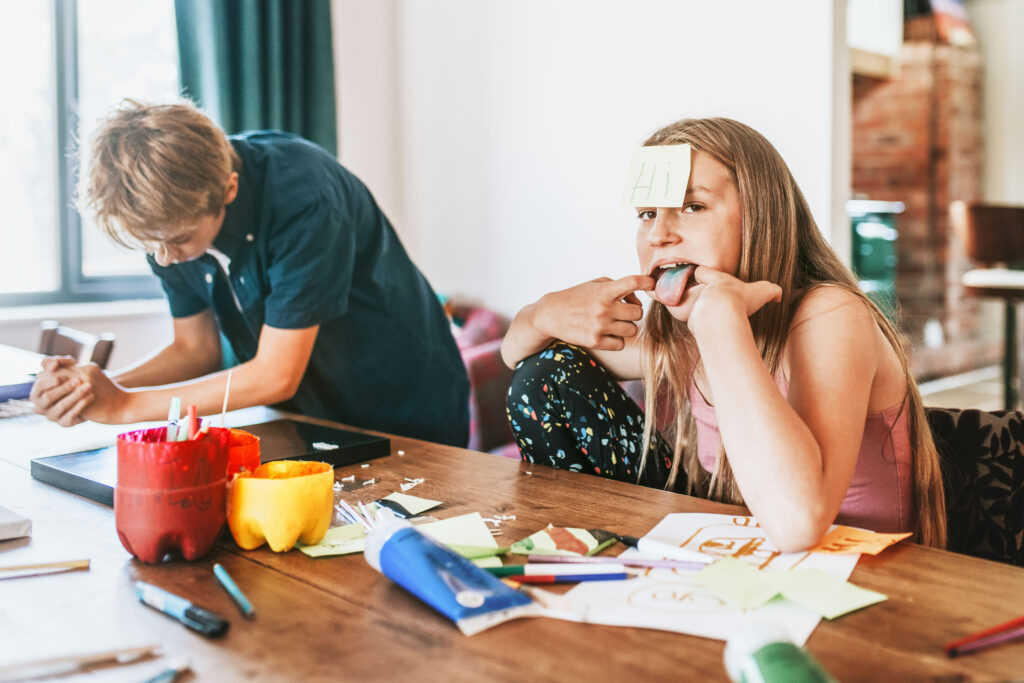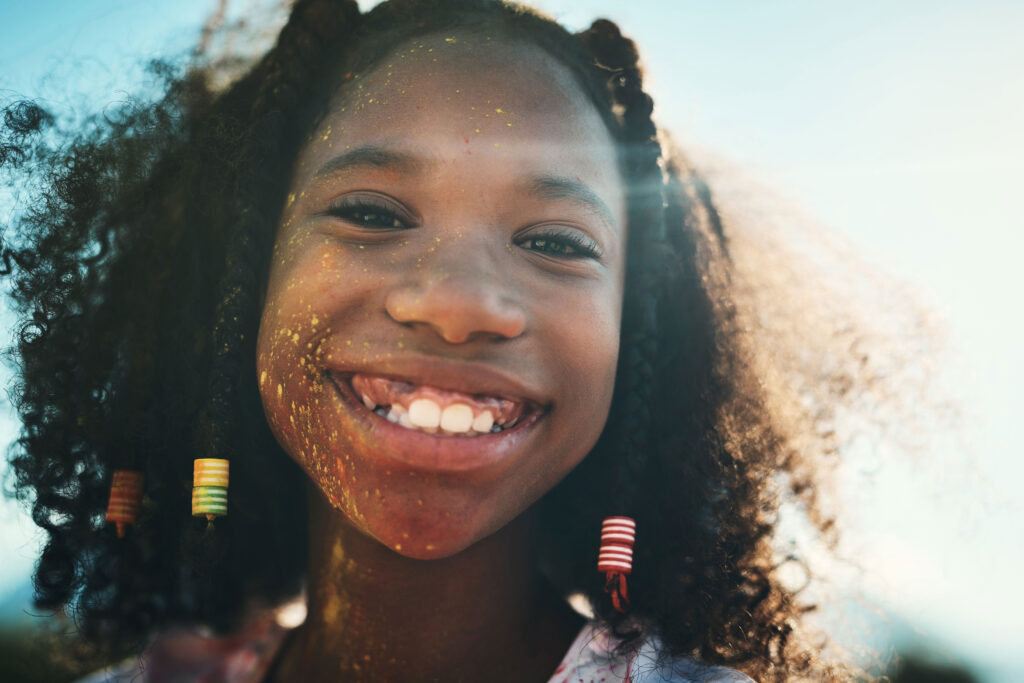As a physician or a healthcare provider, you may encounter many teenagers who struggle with various mental health issues, such as anxiety, depression, trauma, or low self-esteem. These issues can affect their academic performance, social relationships, and overall well-being.
Therapy activities are one of the most effective ways to help teens cope with their challenges and improve their mental health. Above all, therapy activities are designed to engage teens in creative, expressive, or experiential ways that allow them to explore their feelings, thoughts, and behaviors. Also, therapy activities can help teens develop new skills, such as communication, problem-solving, or coping strategies.
In this blog post, we will share some of the best therapy activities for teenagers that you can use in your practice or recommend to your patients. These activities are based on evidence-based approaches and include cognitive-behavioral therapy (CBT), dialectical behavior therapy (DBT), art therapy, or mindfulness.
CBT Activities for Teens
Cognitive-behavioral therapy (CBT) is a type of psychotherapy that helps teens identify and challenge their negative or distorted thoughts and beliefs that cause or maintain their emotional distress. In addition, the CBT approach helps teens learn and practice more adaptive and realistic ways of thinking and behaving. Some of the CBT activities that can result of more interest to teens are:
• Thought Record:
A thought record is a worksheet that helps teens track and analyze their thoughts, feelings, and behaviors in different situations. A thought record helps teens identify the triggers, the automatic thoughts, the evidence for and against those thoughts, the alternative thoughts, and the outcomes of changing their thoughts.
This activity can help teens reduce their anxiety, depression, anger, or guilt by helping them see things more objectively and rationally.
• Cognitive Distortion exploration:
Cognitive distortions are common errors or biases in thinking that lead to irrational or exaggerated conclusions. For instance, all-or-nothing thinking, overgeneralization, catastrophizing, personalization, or mind-reading.
The harm of these cognitive distortions is that they can make teens feel worse about themselves or their situations. Therefore, a cognitive distortion exploration activity is intended to help teens identify and label the cognitive distortions in their thoughts, and then challenge them with more balanced and realistic perspectives.
• Behavioral Experiments:
Behavioral experiments are a way of testing the validity of the thoughts or beliefs that teens have about themselves, others, or the world. Consequently, behavioral experiments involve designing and conducting a small experiment to test a hypothesis, such as “If I talk to someone new, they will reject me” or “If I fail a test, I will be a failure”.
These behavioral experiments help teens gather evidence to support or disprove their thoughts or beliefs, and then modify them accordingly.

DBT Activities for Teens
Dialectical behavior therapy (DBT), is a type of psychotherapy that helps teens regulate their emotions, cope with stress, and improve their interpersonal skills. In particular, DBT is based on the idea that some teens have difficulty managing their emotions due to biological or environmental factors and that they need to learn new skills to deal with their challenges. Some of the DBT activities for teens are:
• Emotion Regulation Skills:
Emotion regulation skills are techniques that help teens understand, accept, and manage their emotions in healthy ways. Some examples of emotion regulation skills are: identifying and naming emotions, observing and describing emotions, reducing emotional vulnerability, increasing positive emotions, or changing emotions with opposite actions.
Briefly, emotion regulation skills can help teens reduce their emotional distress, increase their emotional awareness, and enhance their emotional well-being.
• Distress Tolerance Skills:
Distress tolerance skills are strategies that help teens cope with stressful or painful situations that they cannot change or avoid. Some examples of distress tolerance skills are distraction, self-soothing, improving the moment, or pros and cons.
These skills can help teens survive a crisis, tolerate distress, or prevent impulsive or harmful actions.
• Interpersonal Effectiveness Skills:
Interpersonal effectiveness skills are methods that help teens communicate and interact with others in respectful and assertive ways. Some examples of interpersonal effectiveness skills are DEAR MAN (describe, express, assert, reinforce, mindful, appear confident, negotiate), GIVE (gentle, interested, validate, easy manner), or FAST (fair, apologies, stick to values, truthful).
The benefits of Interpersonal effectiveness skills are that they can help teens build and maintain healthy relationships, express their needs and wants, or resolve conflicts.
Art Therapy Activities for Teens
Art therapy is a type of therapy that uses art as a medium of expression and communication. Art therapy can help teens explore and express their emotions, thoughts, and experiences in creative and non-verbal ways. Art therapy can also help teens develop their self-esteem, self-awareness, and coping skills. Some of the art therapy activities for teens are:
• Collage:
A collage is a technique that involves cutting and pasting images, words, or objects from magazines, newspapers, or other sources onto a paper or canvas. It can help teens create a visual representation of their feelings, thoughts, or goals and can also help teens discover new aspects of themselves, their interests, or their values.
• Drawing:
A drawing is a technique that involves using pencils, pens, crayons, or markers to create images or symbols on a paper or canvas. A drawing can help teens express their emotions, thoughts, or experiences simply or abstractly and release their stress, relax, or have fun.

Mindfulness Activities for Teens
Mindfulness is a type of meditation that involves paying attention to the present moment, without judgment or reaction. For this reason, mindfulness can help teens calm their mind, reduce their stress, and increase their awareness while also improving their focus, memory, or mood. Some of the mindfulness activities for teens are:
• Breathing Exercises:
Breathing exercises are techniques that involve focusing on the breath, inhaling and exhaling slowly and deeply. This can help teens relax their body, calm their minds, and regulate their emotions which can also help them cope with anxiety, panic, or anger.
• Body Scan:
A body scan is a technique that involves scanning the body from head to toe, noticing any sensations, tensions, or emotions that are present in each part. This technique helps teens become more aware of their bodies, release any physical or emotional stress, and appreciate their bodies. Additionally, a body scan can also help teens cope with pain, fatigue, or insomnia.
• Gratitude Journal:
A gratitude journal involves writing down three things that one is grateful for each day. The objective is to help teens cultivate a positive attitude, recognize the good things in their life, and increase their happiness. Furthermore, a gratitude journal can help teens manage depression, sadness, or loneliness.

These are some of the best therapy activities for teenagers that you can use or suggest in your practice or to your patients. Therapy activities are a powerful way to help teenagers and other patients deal with their mental health issues and improve their overall well-being.
Whether you use or recommend CBT, DBT, art therapy, or mindfulness, you can find a variety of therapy activities that suit your teen clients’ needs and personal preferences. The goal is that these activities can become an enjoyable and meaningful activity for your patients. This will allow you and your patient to build a strong therapeutic relationship and achieve positive outcomes, helping them heal, grow, and thrive in their personal and professional lives.

